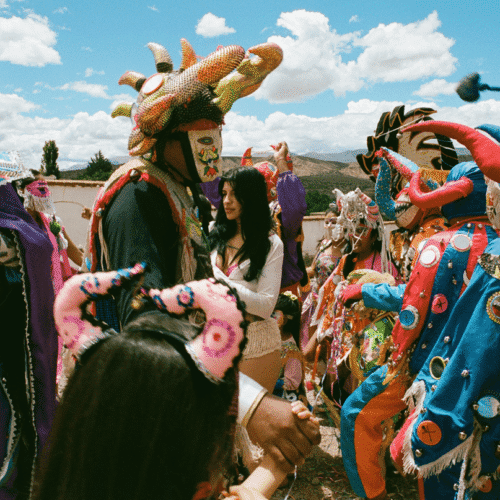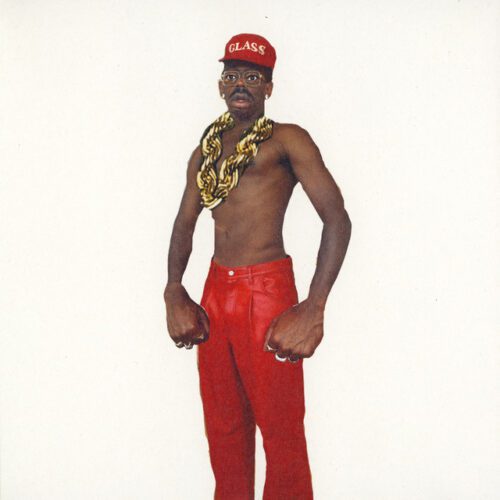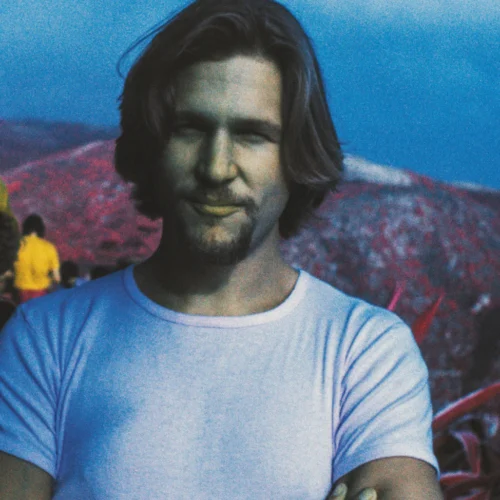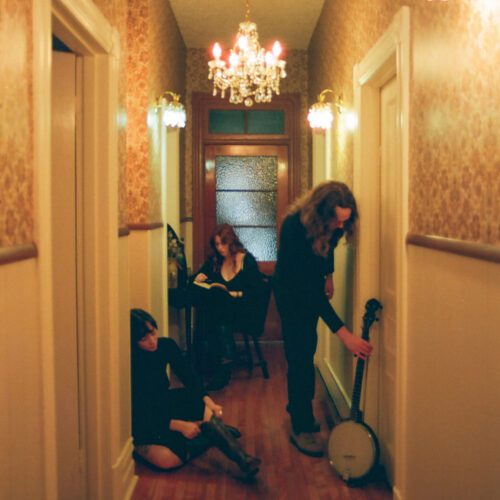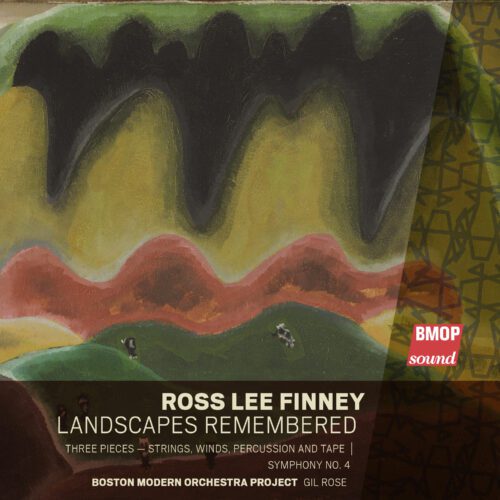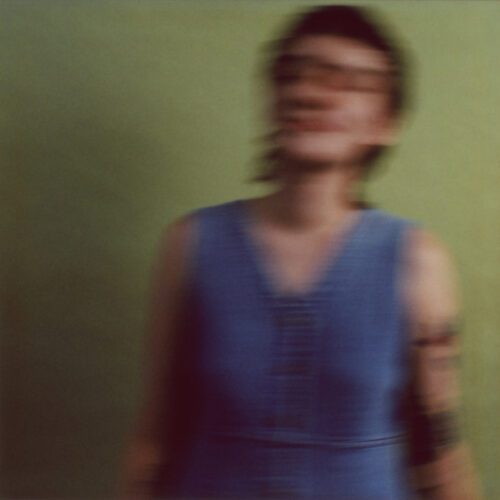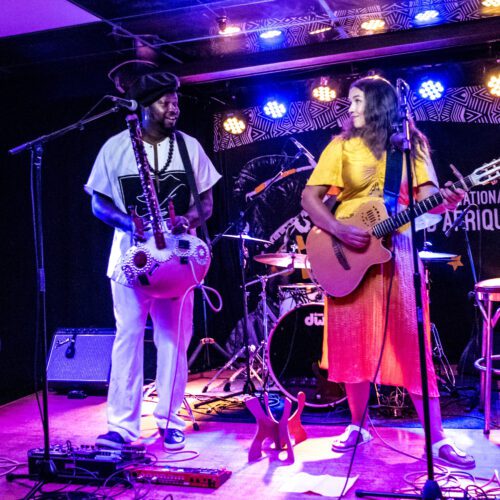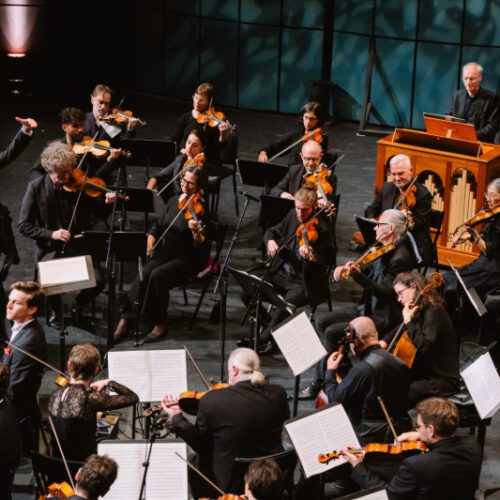After Natalia Lafourcade and Mon Laferte, here’s Cazzu. All three are pop singers, one Mexican, one Chilean and one Argentinean, who have chosen, in different ways, to move away from their pop star status towards traditional music and experiment with new musical avenues.
Cazzu, whose real name is Julietta Emilia Cazuchelli, grew up in the predominantly Indigenous province of Jujuy in northern Argentina. She first made a name for herself as an urban cumbia singer, then moved on to urban trap-reggaeton. With Latinaje, the 31-year-old singer-songwriter changes her register completely, embracing multiple traditional Argentine and Latin American styles. And it’s all for the best.
On the first track, “Copla,” we hear discreet drums and electro effects. Then, on “Mala Suerte,” a mix of cumbia and brass with a bit of rap, in tribute to his daughter. On “Me Toca Perder,” it’s cachacera, a style of Argentine folklore with violin and a quartet of singers.
Mexican brass, Argentine bandoneon, traditional South American guitars, violins and salsa percussion follow. This alternation between ballads and more rhythmic songs is a festive tribute to Latina music in all its forms.
One piece also features a partial cover of a song by Facundo Cabral, an iconic Argentine folk singer, with electronic effects that lend a timeless modernity to this song denouncing the bosses.
Occasionally, Cazzu flirts with the kitschier side of Latin music, but it never lasts long. Just when you think “that’s boring”, the rhythm changes, a voice is added and things get interesting again.
Several Spanish-language media have declared Latinaje to be the most interesting album of 2025, so far. But there’s also Natalia Lafourcade’s Cancionera, reviewed on this site.
One thing’s for sure, Cazzu is part of this movement, largely feminine but not exclusively, which seeks to marry tradition and contemporaneity. For Montrealers, you can catch Natalia Lafourcade and Mon Laferte at the Festival International de Jazz at the end of June. When’s Cazzu? Next year?
